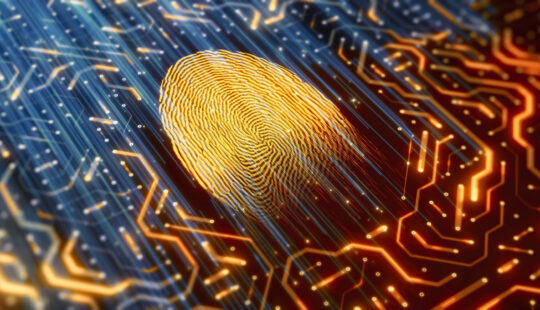What’s News
From “Jeopardy!” to hockey to infrastructure and supply chain, the sheer volume of data created each day has endless possibilities to help improve our lives.
Nearly 10 years ago, sports fans began feasting on new types of statistics made possible by SAP HANA, an in-memory database, which could serve up those numbers in real time. The lightning-fast technology could scale to accommodate the millions of sports fans without crashing websites disappointing them.
In more recent years, the methods for collecting data have grown to include RFID tags, sensors, and photos. Today, hockey stats are collected by sensors embedded in hockey pucks that can travel more than 100 mph and on player jerseys.
“We are now able to give fans a near-real-time experience, meaning under two seconds,” said Daniel Beringer, SAP global head of technology for global sponsorships.
Even the iconic U.S. television game show “Jeopardy!” is using similar technology to provide game stats that track how fast contestants click their hand buzzers, according to the Wall Street Journal.
SAP’s Take
But entertainment is just the tip of the data iceberg.
“Sensors are being applied in pretty much every industry right now, some more and some less, and all that data has to be processed, it has to be taken care of,” Beringer said.
In supply chain management, sensors can be attached to goods to produce immediate feedback on their movements. Consumers use this common technology to track their packages, but more sophisticated version can be used to track movements, manufacturing inputs and finished products.
“That’s obviously not the same speed as a hockey puck,” he said. “But it goes in the same direction. There you could obviously take all that data in the supply chain and try to find optimization potential or just simply statistics, measuring the whole supply chain in a much, much better way.”
In April 2021, data from sensors installed on a bridge in Norway alerted engineers of unusual movement from vibrations emanating from the nearly 80-year-old Stavå Bridge. Like so many older bridges worldwide, the concrete arch bridge was built for less than half the traffic volume and loads it now experiences. Thanks to the sensors, engineers were able to safely shut down the bridge and start repairs before a catastrophic failure occurred.
Sensors can collect and monitor data — including temperature, traffic, material and weather — that infrastructure is subjected to and additional technology can be used to analyze it and predict problems or maintenance requirements.
“Any anomalies can trigger a warning that a failure or even a catastrophic failure may be imminent,” Beringer said. “If you see it early enough, then you can better prioritize which bridge you repair or replace first and which ones have a longer lifespan.”
Fashion and pharmaceuticals also are using similar technology to find out what dress will sell or where drugs are being shipped. The potential uses are as endless.
“It’s like a Pandora’s box,” he said. “You open it, and then you don’t know where you really end up.”
Contact:
Joellen Perry, Head of Global Public Relations, SAP
+1 (626) 265-0370, joellen.perry@sap.com, PST



